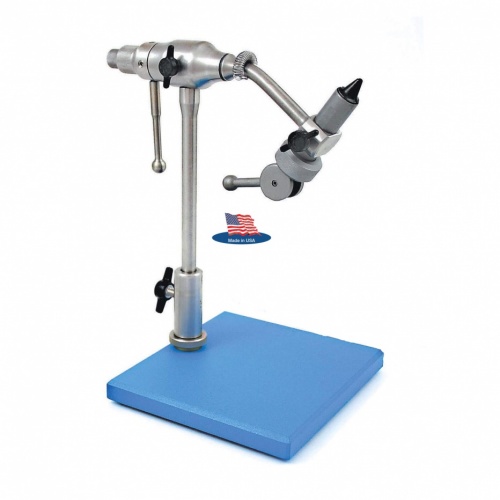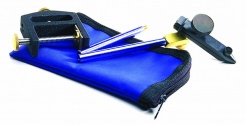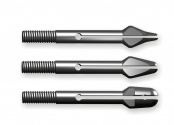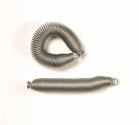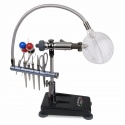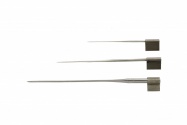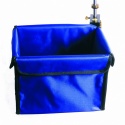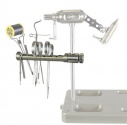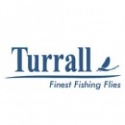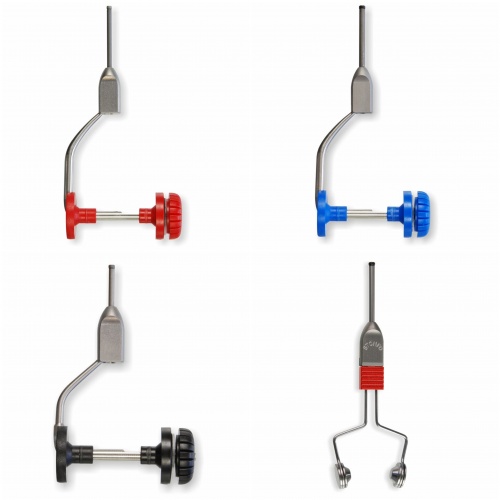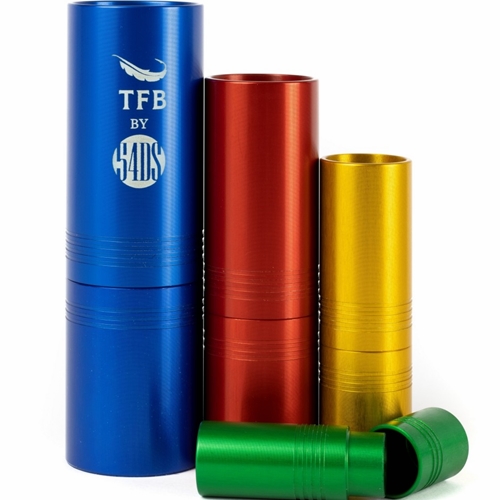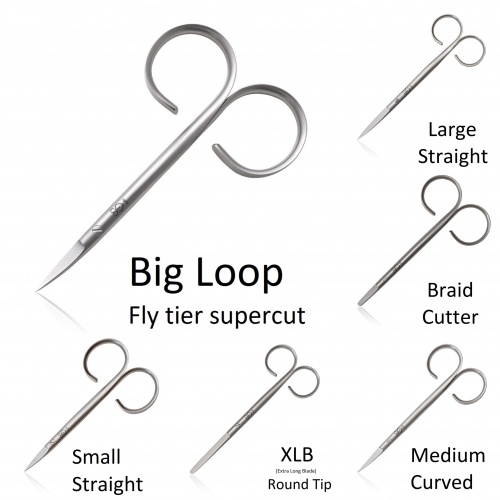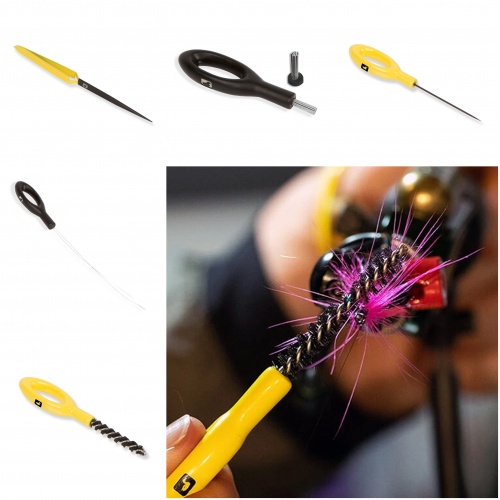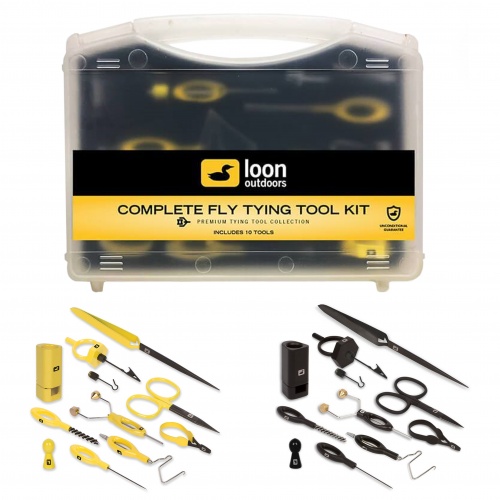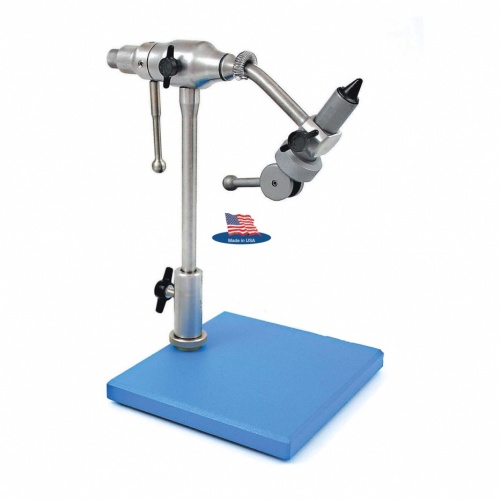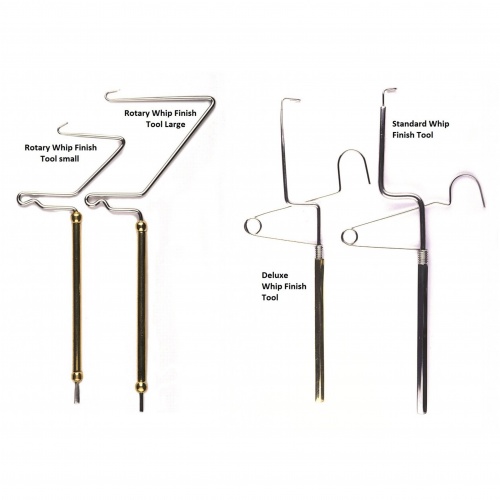Paul Proctor Advice on vices you need to know!

Best Ad-vice You Will Hear Today!
With the dawning of a new year, our thoughts often turn to topping up our fly boxes. There’ll be those too who are even thinking of embarking on the wonderful journey of tying their own flies!
Naturally the first thing to considered is a fly tying vice, which firmly holds the hook whilst we create our imitations.
For beginners the choice can be bewildering to say the least. Here’s our lowdown on a vice to suit all pockets and abilities.
There’s no point in spending hundreds of pounds on your first vice and depending on the style of fishing you do (i.e. salmon fishing, or trout fishing), your requirements from a vice will be very different. Equally, as individuals, we all tie flies slightly differently that will see our demands on a vice vary. For those investing in their first vice then, it needn’t cost a fortune. A fixed head (one that doesn’t rotate), with a fixed jaw angle is absolutely fine to learn your trade and can cost as little as a tenner!

Pedestal, or ‘C’ clamp stand?
Many beginners agonize on whether a C clamp arrangement, or pedestal is the best way to secure a vice to a fly tying bench, or table for that matter. In many respects, there isn’t a right, or wrong way here. However, a C clamp does position the vice closer to you, often making it easier for beginners, as there’s no need to lean forward so much.

That said, a pedestal means the vice can be moved about at will and what’s more, most pedestal bases are engineered to hold various fly tying tools, like scissors and dubbing needles etc. Also, if you tie on a glass top table then a pedestal will not damage this.
Do bear in mind, by requirement, pedestal bases tend to be quite heavy, so if you plan on taking your vice when traveling then consider a C clamp.
Spring Loaded, or Lever Action?
In principal there are two ways of locking a hook into the vice jaws. The spring loaded method obviously includes pre tensioned jaws that in essence secure the hook for you. The advantage here is beginners simply cannot over-tighten the vice and thus damage the jaws, or the hook for that matter. We definitely recommend these for beginners with the Veniard Spring No4 being a popular choice:
Lever action involves securing the hook by depressing some form of counter lever, whether that’s a lever on the rear of the vice, or a rotating nut, Many experienced fly tyers prefer this mechanism as it generally means you can tie on a wider range of hooks. The Snowbee Prestige is a typical example here:

Spreading Your Wings!
As you progress and begin to tie a wider range of patterns, it’s likely you’ll outgrow your first vice. Do bear in mind too that vices at the cheaper end of the market tend to use materials and hardening processes that seldom last a lifetime. It’s obvious really, as many vice models offer replacement jaws that tell us at some stage they do wear out. Think of them very much like a vehicle when all moving parts suffer wear and tear over time! That said, vices costing hundreds of pounds are not only engineered to fine tolerances, but use more exotic materials and of course hardening processes, so they last infinitely longer.
Treat Yourself!
Many begin tying their own flies as a means to an end, by tying flies to ultimately use their creations for fishing. However, as fly tyers develop, so does their need to use and enjoy more refined tools. Whilst we strongly advise against splashing out on your first vice, in time it’s well worth treating yourself to a top end vice with bells and whistles.

The Petitjean swiss Vice Master Version is a beautifully engineered rotary vice, manufactured to fine tolerances, all that you might expect from this master fly designer
A high capacity ‘C’ clamp (100mm table top)
Hook range from #32 - 9/0
True rotary feature
Double material clips
Variable extension arm positions
Different positions for accesories support, allows you to customize your tying surroundings.
Tube fly attachment included
Do's and Dont's
Don’t over-tighten the locking system on your vice jaws. Not only are you in danger of damaging the hook itself, but ‘splaying’ can occur in the vice jaws themselves, which gets worse over time. If in doubt, use less pressure.
Top Tip
A recognized way of telling whether a hook is positively locked in place is to gently press your thumb nail on the hook eye, until it ‘springs’ off. If you hear a high pitched ‘pinging’ sound then the hook is secured properly.







